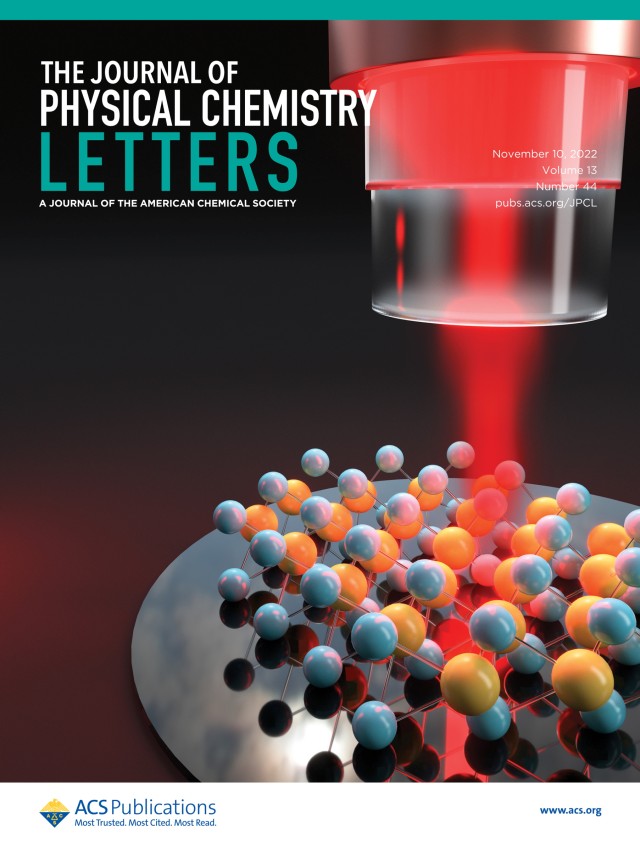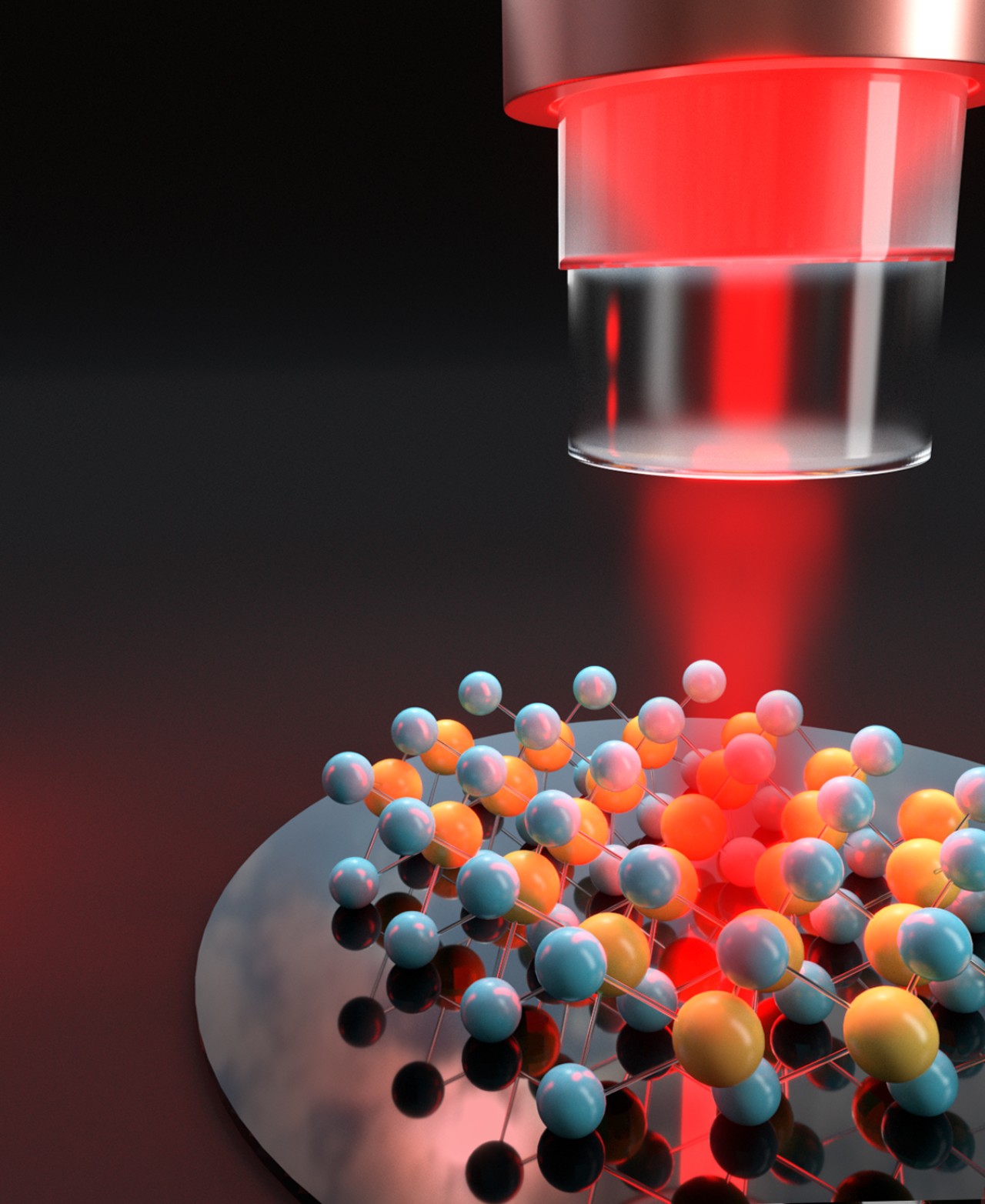11 December 2022
Lifting the invisibility cloak - characterising the absorption of light in quantum emitters
A collaboration of the spin-off Qlibri, located at LMU Munich, and the Walter Schottky Institute at TUM has demonstrated that the minute light absorption of atomic defects in a 2D material can be made visible using a tailored optical resonator (cavity). The results have been published in The Journal of Physical Chemistry Letters and emphasize the power of cavity-enhanced spectroscopy as a novel tool to spatially and spectrally investigate the absorption of light in samples on the nanoscale. With this method, the energetic landscape of nanoscale samples is directly accessible, allowing for more control and a deeper understanding in the design and characterization of novel materials.
 © C. Hohmann / MCQST
© C. Hohmann / MCQST To choose and engineer these light sources, the best possible understanding of their nature is required. The preferred way to achieve this is by means of fast and non-destructive optical spectroscopy. However, these emitters could so far only be characterized by their emitted light. The more powerful absorption spectroscopy (detection of missing light) which is sensitive to many more properties, was previously inhibited due to the small size of these defects which makes them just too transparent to be detected by standard microscopes.
This limitation is lifted by a new kind of microscope based on optical resonators, a technology with origins in quantum physics, that was also supported by an MCQST seed funding. The published article shows how this new technology, cavity-enhanced microscopy, can be utilised to investigate the absorption of vacancy defects in a MoS2 monolayer.
Cavity-enhanced microscopy uses the many roundtrips of light within the cavity to bring the absorption of the seemingly transparent defects to a measurable amount. The two mirrors making up the optical resonator can be moved relatively to each other, enabling the researchers to image the absorption of the sample spatially. By varying the wavelength of the light introduced into the cavity, absorption of light at different wavelengths can be measured quantitatively. The results show that using cavity-enhanced microscopy, the defect absorption can be directly detected, yielding quantitative and absolute values with a detection limit below 0.01 % of absorption. The measured values also agree with theoretical predictions. Furthermore, the customised cavity setup allows for fast imaging and spectral resolution. "The results manifest the advancement of our absorption microscope to become a standard tool for the investigation of nanoscale objects.", mentiones Ines Amersdorffer, first authors of the publication.
Future endeavours include a cavity-enhanced microscope at cryogenic temperatures which can not only be used to measure the absorption at low temperatures but also to investigate quantum effects.
Publication
Ultra-Sensitive Extinction Measurements of Optically Active Defects in Monolayer MoS2
F. Sigger, I. Amersdorffer, A. Hötger, M. Nutz, J. Kiemle, T. Taniguchi, K. Watanabe, M. Förg, J. Noe, J. J. Finley, A. Högele, A. W. Holleitner, T.Hümmer, D. Hunger, and C. Kastl. Phys. Chem. Lett. 13, 44, 10291–10296 (2022)
DOI: 10.1021/acs.jpclett.2c02386
Contact
Ines Amersdorffer
Cavity Quantum Optics
Faculty of Physics | LMU München
ines.amersdorffer[at]physik.uni-muenchen.de
